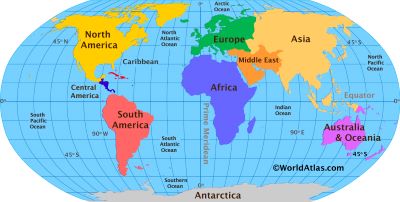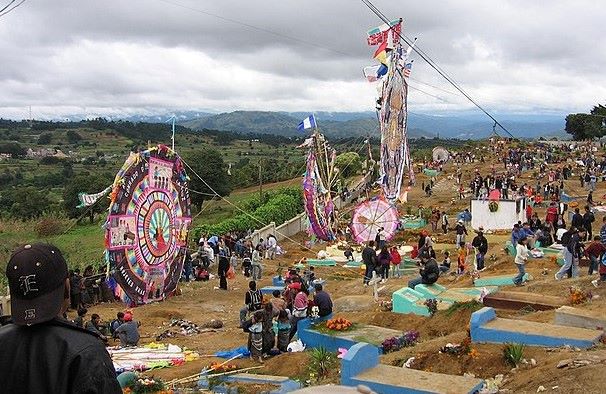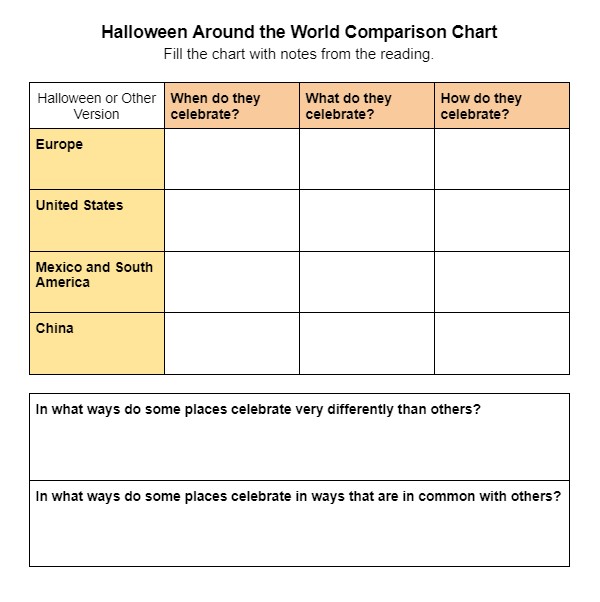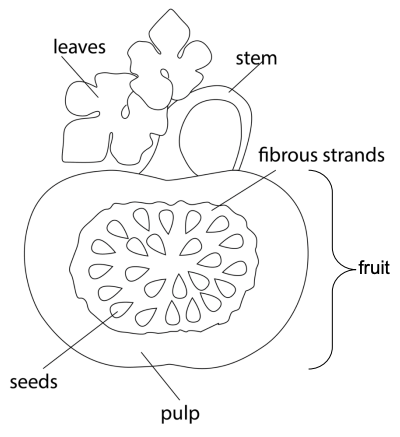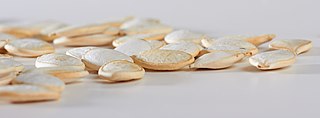Help us improve our
Learn-Along guides!
At The Children’s Hour, we are constantly working to improve our work and tools for educators. It helps us to hear from users to make these guides the best they can be, and to collect your feedback.
Thanks for taking our brief survey after you use our guides.
Katie Stone & Lorraine Archibald
Grade Levels
4-7
Subjects
Language Arts, Science, Social Studies, Health, Art, Media Literacy
Grade Levels
4-7
Subjects
Language Arts, Science, Social Studies, Health, Art, Media Literacy
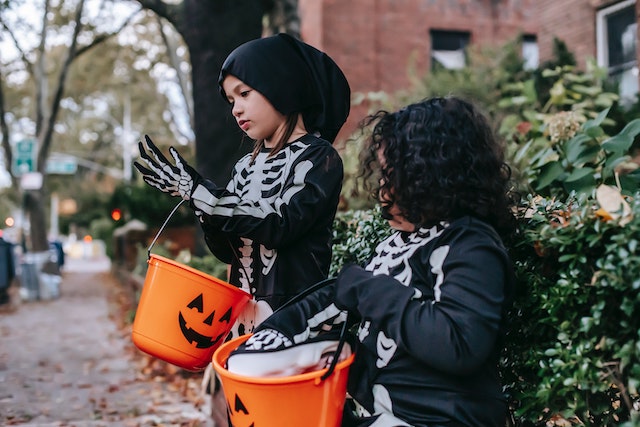
Children prepare to Trick-or-Treat
Image Source
Thanks for listening to our episode “Pumpkin Spice”, filled with great music, Kids Crew research, information, and stories about the beloved holiday of Halloween. Learn more about what you heard in the show, practice skills, and increase your knowledge on pumpkins, the history of Halloween around the world, safety, and more by completing the activities below.
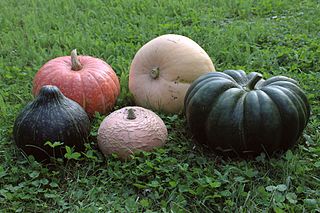
Pumpkins grow in many varieties.
Image Source
Halloween Around the World
Halloween is a holiday that is dedicated to remembering the dead. The holiday and a variety of versions of it are celebrated differently around the world. The origins of these holidays are found throughout the ancient histories, beliefs, and religious practices of indigenous cultures. The way they are celebrated today have evolved greatly into many different versions. You can compare and contrast the ways by reading ahead.
Ancient people from Europe such as the Celts celebrated a religious festival called Samhain, on the night of the 31st of October, when they believed a boundary between the living and the dead opened up and allowed for the interaction with spirits who have passed. It was also a festival that celebrated the harvest and welcomed the winter season. Today, European countries with largely Christian populations celebrate “All Saints Day” or call it other names including “All Hallows Eve” and “Dia de los Santos” on Nov 1.
Many of these traditions were brought over to North and South America and blended in with the already existing strong traditions of their indigenous (Native) peoples. In North America such as what is now Canada and the United States, ancient peoples also celebrated the harvest and change of season. In the United States today, Halloween is celebrated on October 31st. Telling or hearing scary stories, carving jack-o’-lantern pumpkins, dressing in costume, and trick-or-treating are popular activities. Ghosts, witches, black cats and other supernatural beings are often portrayed. These traditions have become so popular through music, movies, TV and themed products that many of these traditions are followed and recognized in many other countries including Australia and New Zealand, where some of the music from our show came from!
Mexico and other South American countries celebrate Día de Muertos,(the Day of the Dead) and/or Dia de los Angelitos, y de los Difuntos. Typically the celebrations lasts three days, from October 31st to November 2nd. Unlike in the US, where there is a focus on death as something spooky or scary, in these cultures, the mood reflects a celebration of life through family. Many families construct an altar with symbolic and important items to honor their late ancestors and make their favorite dishes for their spirits to enjoy. In Guatemala, giant kites are made to guide and welcome the spirits as they arrive to visit their families, in Mexico, Monarch butterflies and Marigold flowers help serve a similiar purpose.
In China there are several days and an entire month that are similar to Halloween, in that they honor the dead. The seventh month of the Chinese lunar calendar (August) is “Ghost Month” (鬼月 Gui Yue). People may try to avoid doing anything dangerous during that month because they believe bad things can happen more likely. Around this time is when the Hungry Ghost Festival is celebrated – it is reminiscent of Halloween or the Day of the Dead in that food is prepared for deceased ancestors and brought to places of rest such as cemeteries. Other holidays in China to honor the dead and living ancestors are the Qing Ming Festival (in April), and the Double Nine Festival (in October).
Activity: Analyze this information to compare and contrast the different traditions. Make a copy of this document or create one by hand using the template on the right.
Halloween Safety
Carving Pumpkins
-For the best control while carving, use a small pumpkin saw (sold with other Halloween goods) in small strokes, directing the blade away from themself and others. Larger blades like regular kitchen knives can become stuck in the pumpkin and cause injuries when pulled out.
-It can be dangerous for younger children to carve pumpkins. Other ways to decorate pumpkins can include: painting, gluing other items such as googly eyes, glitter, tissue paper, leaves, etc., an adult helper should do any cutting.
-Consider using a flashlight or glow stick instead of a candle to light your pumpkin. Do not place candlelit pumpkins on any path where visitors may pass close by. Open flames should never be left unattended.

Trick-or-Treating
-Make sure your costume fits properly to prevent trips and falls, and include reflective gear such as tape, stickers, or vests so that cars can see you.
-Trick or Treat with a group and stay in well-lit and familiar areas. Return home at an hour decided on by you and your family, return before it gets too late. Have a plan if you get separated from your group.
-Walk, don’t run, especially when crossing streets. Obey traffic signals and use crosswalks.
Take Action!
What are some ways that you, your friends, and your family practice safety on Halloween? Using one or more of the tips above or thinking of your own, create a digital or hand drawn flyer that you can hang around your neighborhood that helps to promote Halloween safety. Your flyer should include visuals and have large clear text.
Jack-o’-Lantern Etymology (the origin of words)
The term jack-o’-lantern was originally used to describe a will-o’-the-wisp, which is something that is part of English folklore. It was a ghostly light seen by travelers at night, especially over bogs, swamps, or marshes. Such light is “foolish fire” that leads a person nowhere. The term will-o’-the-wisp is a name in three parts: 1. Will is a proper name, short for William. 2. o’-the is a short way to say “of the” 3. wisp is a name for a bundle of sticks or paper sometimes used as a torch In other words, this mysterious light is named “Will of the torch.” Likewise, jack-o’-lantern is a name that means “Jack of [the] lantern.”

Create your own folklore inspired name using the chart above.
Folklore
the traditional beliefs, customs, and stories of a community, passed through the generations by word of mouth.
Ancestors
A member of your family from long ago, or from generations before you. For example, your mother, grandmother and great grandmother are your ancestors.
Vocabulary
Vocabulary words can be found throughout the page in bold.
Jack-o’-Lantern
A carved lantern most commonly made from a pumpkin or root vegetable. They are used to represent scary beings as a way to playfullly scare others, some believe that they protect homes from evil spirits.
Indigenous
People, beliefs, and other living things that are the original, or firsts, of a place.
Medicinal
Having the properties of medicine, things such as plants that can be used to cure and heal.
Food Allergy
An unpleasant or dangerous immune system reaction after a certain food is eaten.
Teal Pumpkin Project
In our show we heard from Charlotte Joseph from the New Mexico Food Allergy Network who taught us about The Teal Pumpkin Project. This project is a way to make trick-or-treating inclusive for everyone who celebrates and helps to raise awareness about food allergies. Candy is not always safe for the many children who live with food allergies, intolerances, and other health conditions such as diabetes. Placing a teal pumpkin on your doorstep signals that, in addition to or instead of candy, you offer non-food trinkets and treats that are safe for all trick or treaters.
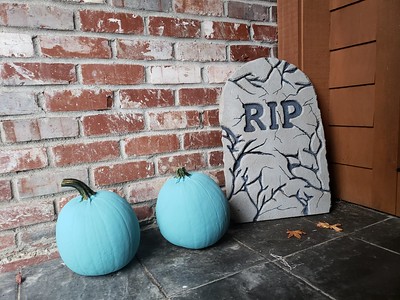
Image Source
Take Action!
Instead of candy, what kind of treats or experiences could you share with your community on Halloween? Check out the video and website for some ideas and ask your parents or guardian to help you buy or create something special. Don’t forget to decorate your door with a teal pumpkin!
Pumpkin: A Fruit with Many Uses
Biologically, pumpkins are the fruit of the squash plant (scientific name: Cucurbita pepo). A pumpkin is a fruit because it’s a product of the seedbearing part of a flowering plant. So, in that way it’s like an apple, a peach, a strawberry, and a cucumber. The fruit is nature’s way of getting animals involved in spreading around the plant’s seeds. In a fruit, the plant offers up a tasty pulp. The pulp along with the seeds are eaten by animals who then disperse (spread around) the undigested seeds when they defecate (poop). Vegetables, on the other hand, are the nonfruit, edible portion of plants such as leaves like lettuce, roots like carrots, bulbs like onions, and tubers like potato.
As we learned in the show, pumpkins are native to the Americas and they have been harvested for thousands of years for different purposes. Apart from providing nutritious and plentiful food for energy, they also have medicinal purposes. Pumpkin has vitamin C, vitamin E, iron, and folate – all of which strengthen the immune system to better to ward off germs and speed healing when you get a wound. The delicious seeds can help eliminate infections and parasites in the intestines. Learn more about the medicinal benefits of pumpkins with this article.
Indigenous peoples teach their future generations how to use all parts of the fruit in ways you may not imagine. Dried pumpkin flesh can be woven into mats, leaves and stems can be composted as future fertilizer, and any uneaten or unused parts that are not moldy can be left for wild animals.
Pumpkin Spice
(makes everything nice!)
As fall approaches in the United States, Pumpkin Spice flavored items can be found as seasonal menu items everywhere! According to The Food Institute the craze really took hold with coffee lovers, but has grown into other food markets and it has a major economic impact. Have you seen pumpkin spice flavored food products? What exactly makes up the flavor, and would you believe that there is actually NO pumpkin in pumpkin spice!?
Try the spice: Check your pantry or add Pumpkin Pie Spice to your familys next grocery trip. Try adding it to something you already like.
Ideas: Hot Chocolate, Popcorn, Whipped Cream, Baked Potato, Sliced Apples, Pita Chips, Tortillas with butter, or invent your own!
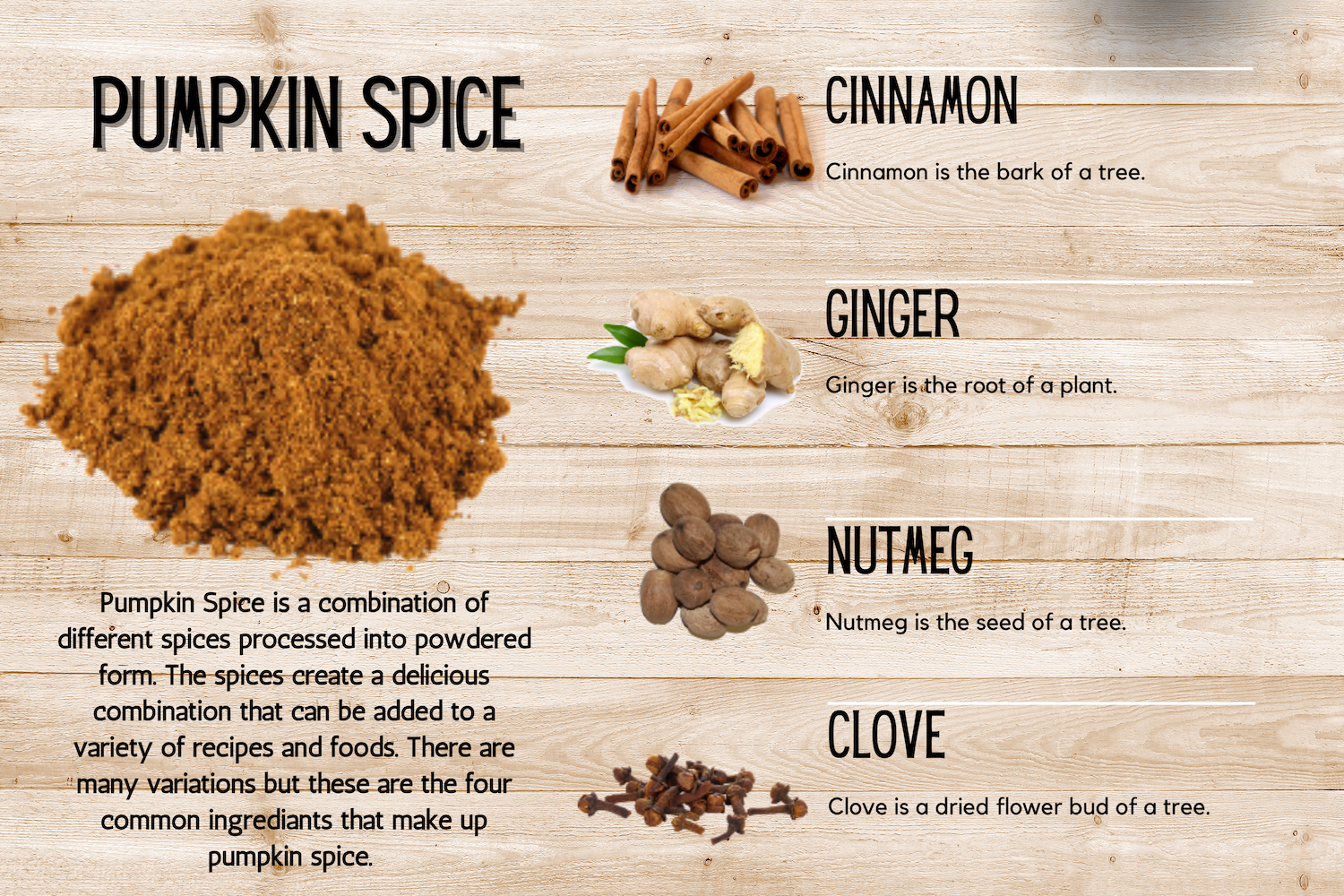
Infographic made with canva.
Did you know?: The spices that make up pumpkin spice have many medicinal properties as well. Source
- Cinnamon is excellent for balancing blood sugar levels.
- Ginger is highly anti-inflammatory and supports immune health.
- Nutmeg and cloves are rich in antioxidants, plus they have anti-viral and anti-microbial actions.
- Allspice (common ingrediant not listed) has anti-bacterial and anti-cancer properties.
Halloween Curiosities: Plan to Research
Isaac and Corbit from the Children’s Hour Kids Crew did some incredible research to help contribute interesting information for this episode. Their research allowed us learn more about pumpkins and jack-o-lanterns. They started with questions, researched a variety of sources, took notes, developed main ideas, and shared their findings.
Researching is a very important skill that you will want to practice in order to become well informed, and to share information with others. One of the hardest challenges is finding good sources. Researching also allows you to practice creativity by coming up with questions, keywords, and creating a way to share what you learned.
Imagine that you are going to complete a research project based on something you heard from the show or saw in this learn along guide, or about any question you have regarding Halloween. Use the image as a guide to plan out your research. If you feel prepared, begin your research project and create something that shares your findings.
Infographic made with canva.
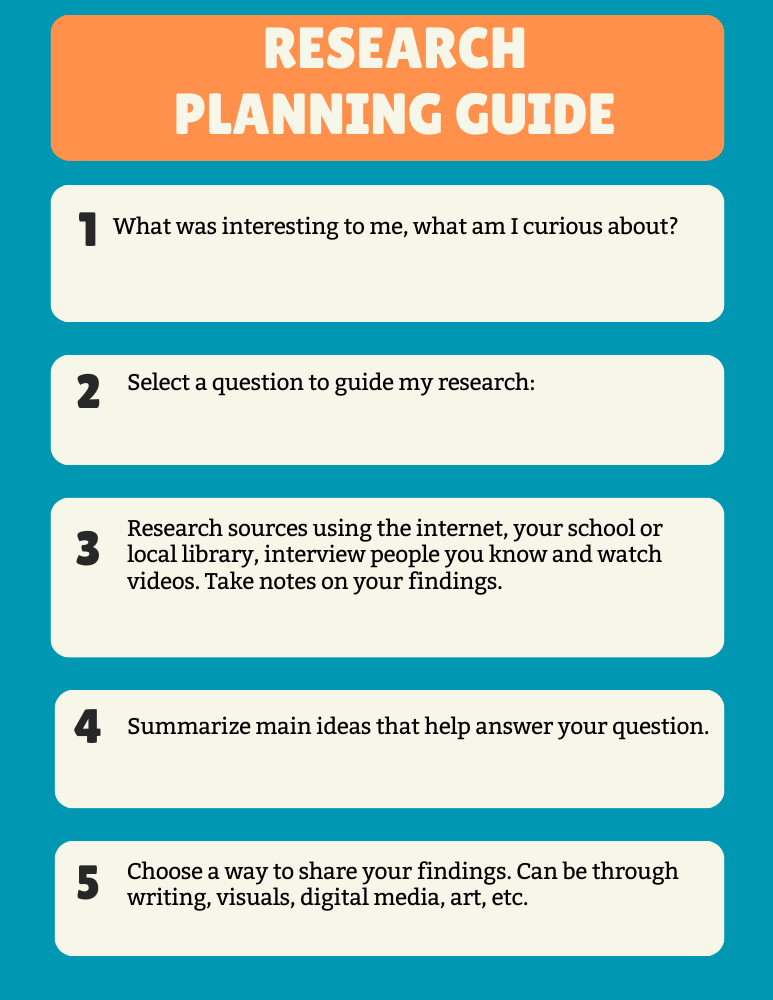
Halloween Around the World Media Journal
After watching one or both of the videos, use the guiding questions to reflect on what you learned. Share your information with another person.
What did I already know about this topic?
What did I learn from the video?
What new questions or wonders do I have?
More Activities and Resources
To see how to make a traditional Native American pumpkin mat, check out this video.
Learn how to make an altar for Dia de los Muertos from NPR.
Browse some Do-It-Yourself costume ideas.
Practice cooking with these kid friendly healthy pumpkin recipes.
Check out these 50 halloween activities for kids.
Find something fun and interesting in PBS Learning Media’s Halloween Collection

